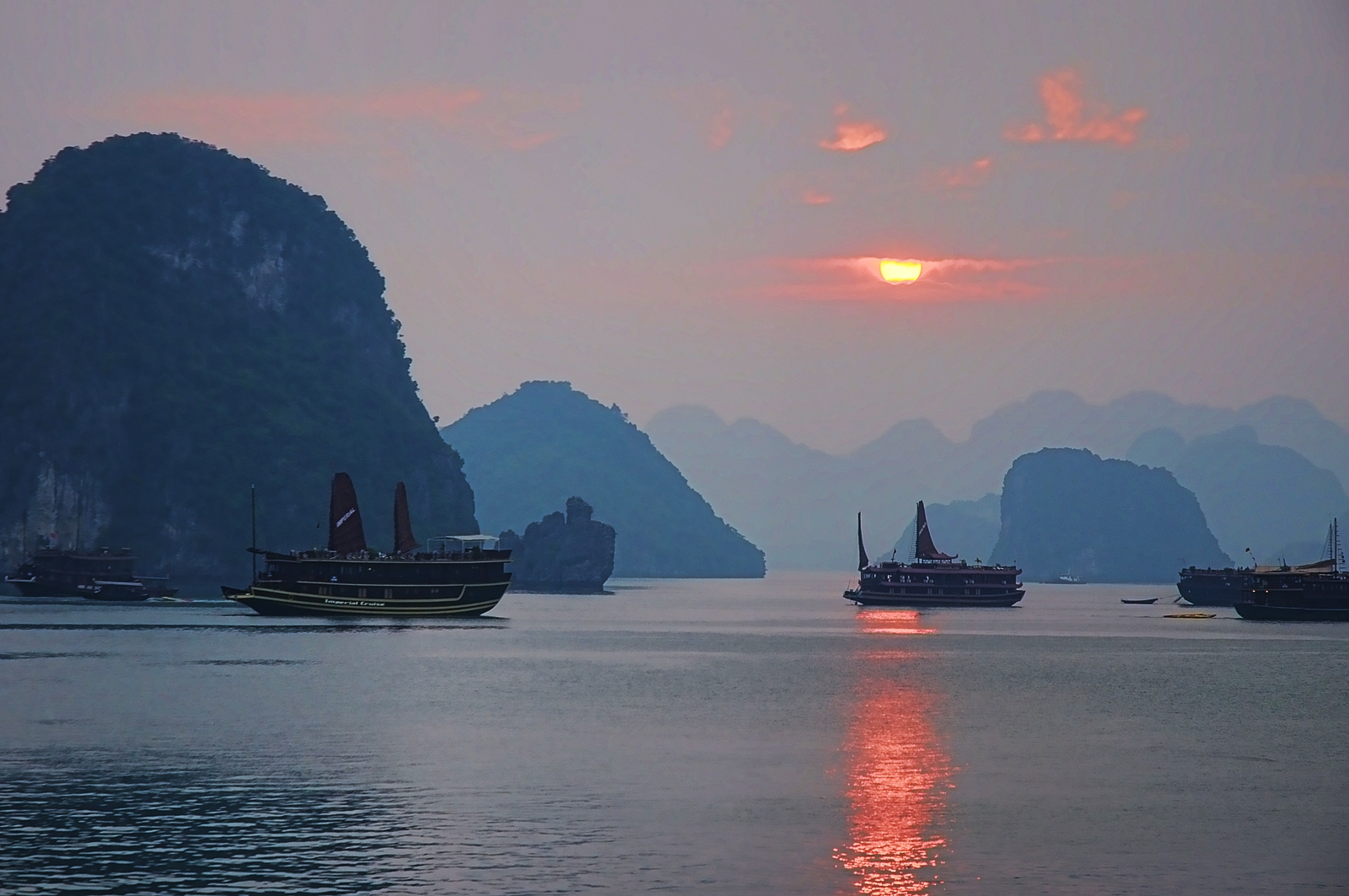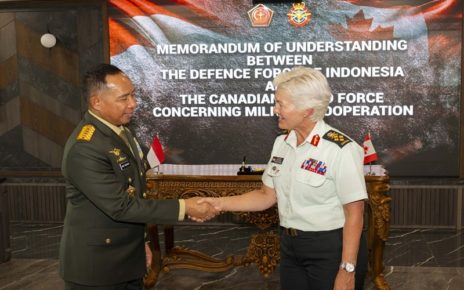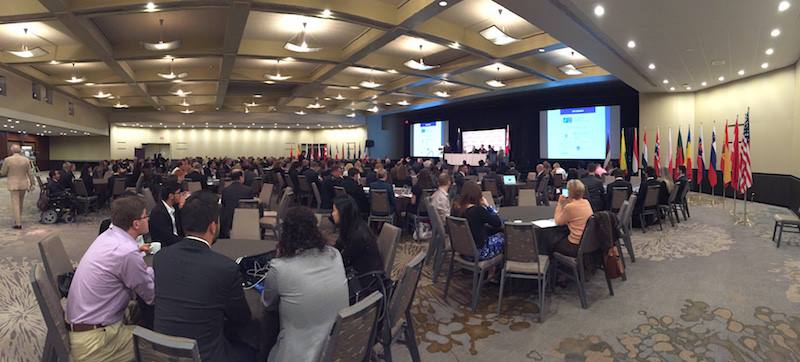On 23 November, the Ministry of National Defense of the People’s Republic of China issued a statement establishing an East China Sea Air Defense Identification Zone. The controversial announcement, which covers territory claimed by China, Japan, Taiwan and South Korea, sent out waves not only within the East Asian region, but through out the international community. While the US has said it expects its civilian aircraft to observe China’s new identification rules, both South Korea and the US have since flown military aircraft unannounced through the disputed area.
In light of this situation, and the difficulties prompted by instability in the regions surrounding NATO countries, missions have begun the trend of spreading further east across the globe. This, coupled with the increasing power, wealth, and influence of China, has become a crucial element for NATO member states to consider, particularly in the role they may play in potential future areas of conflict in the Far East. Furthermore, Canada has preserved a longstanding and vested interest in both maritime security and East Asian affairs. As such, developing tensions in the South China Sea resulting from this statement by the Chinese government to establish an East China Sea Air Defense Identification Zone must be given careful consideration.
Looking first to the possible concerns of NATO and its member states, there is evidence to suggest that as the South China Sea becomes more congested, it could very easily become more contested as well. The total area of the South China Sea covers approximately 3.5 million square kilometers, stretching from Singapore and the Malacca Straits in the Southwest to the Strait of Taiwan in the Northeast, and an estimated one-half of the world’s annual merchant shipping traffic currently passes through these waters. Complicating matters further and adding to congestion, this marginal sea is not located within a remote open body of water, but rather contained along the borders of several East Asian states, including China (Mainland, Hong Kong and Macau), Taiwan, the Philippines, Malaysia, Brunei, Indonesia, Singapore, Thailand, Cambodia and Vietnam. Southeast Asia, with its more than 600 million people, is situated between China’s population of 1.3 billion people and India’s 1.2 billion inhabitants. From a geographical perspective, the South China Sea is the central meeting place for all of these countries and their militaries. This problem with crowding and overlapping border claims could develop into a future flashpoint of conflict as it has in the past.
Currently there are several different territorial claims being made in the South China Sea, either from a historical or proprietary basis. However, the most contentious conflicts center on ownership of the Spratly Islands and the Paracel Islands. Following the defeat of Japan after World War II, it was left unclear who would gain possession of these islands after their ownership had been renounced. The 1982 United Nations Convention on the Law of the Sea (UNCLOS), which normally addresses such issues, has yet failed to resolve this dispute. The result has been constant tension and conflict. The most serious of these occurred in 1974 when China violently captured the Parcel Islands from Vietnam. The importance of these disputed territories can be understood from both an economic and political standpoint.
Looking first towards the economic perspective, as the populations of the East Asian region grow, so will their demand for energy and natural resources. It is estimated that the demand energy in Asia will double by 2030, and according to a report by the US Energy Information Administration, the South China Sea contains approximately 11 billion barrels of oil and 190 trillion cubic feet of natural gas. In addition, the considerable dependence on fish as an East Asian food source has exacerbated the necessity of states securing sufficient fishing grounds. This simple equation of supply and demand has been a driving force in the militarization and troop build-up within the South China Sea, even after most of the territorial claims have been agreed.
Politically speaking, especially as it may relate to security issues, NATO and its member states cannot afford to ignore the situation. If a balance of power was once sought between the West with the East, there is now a potential that conflicts within the South China Sea could lead to a new balance of power between the West and the Far East. While this situation is still fairly unlikely at present, it could be realized in a number of ways. For example, if China continues to attempt to restrict the freedom of navigation in the South China Sea, in particular by blocking or attacking a US vessel, this in turn could trigger Article 5 of the NATO charter and draw the other NATO countries into the conflict.
Turning now to the Canadian perspective, there is a difficult dilemma to be faced. On the one hand, Canada has an obligation to support its allies, both NATO members, such as the US, and non-NATO members like Australia, Japan and South Korea, who have a vital interest in the South China Sea. On the other hand, Canada cannot afford to miss out on the many economic opportunities present within this region. It is difficult to determine when exactly security issues should eclipse the need for economic engagement. Thus far, Canada has been largely silent on sovereignty claims within the South China Sea. Whether this is due to an attempt to remain honest peace broker within the region or as a technique to avoid disrupting business is up for debate. Perhaps both may be applied. Whatever the case, it should be noted that Canada is not always silent on these types of issues and has been quick to speak out against things such as North Korea’s nuclear weapons ambitions and human rights abuses in Myanmar.
Looking forward, it appears that maintaining the status quo is the best option for Canada. If it is able to act as a moderator in conflict, strengthen economic development, and engage in peace-building, Canada should be able to continue to effectively navigate issues in the South China Sea.




